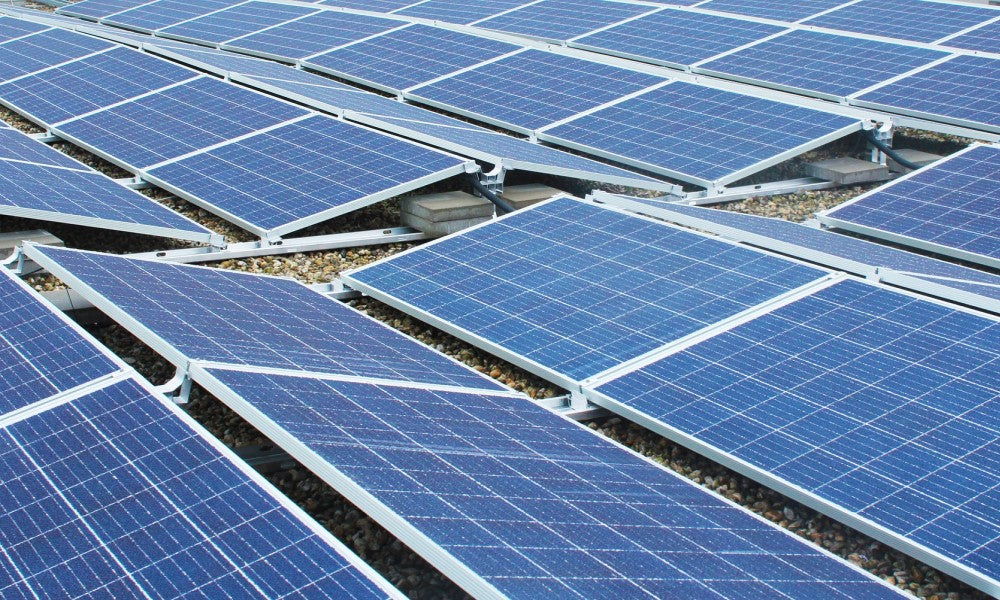
Are you planning or already operating a photovoltaic system on your farm? You should keep this in mind if you want to couple the wallbox of your electric fleet with the solar system.
Wallbox and photovoltaic system complement each other if electricity from your own production is to be used to charge electric commercial vehicles. Particularly due to rising energy costs, a self-sufficient power supply via solar power is becoming increasingly attractive for many farmers.
Generating electricity for the farm's own electric fleet brings a number of advantages not only for your wallet, but also for the environment. The electricity we generate is 100% renewable, unlike purchasing it from the external power grid. This means that not only the electric farm loader or electric mini excavator is CO2 neutral during operation, but also the production of drive energy.
If your own photovoltaic system is of sufficient size, nothing stands in the way of coupling it with a wallbox for a charging infrastructure. An additional power storage can ensure uninterrupted power supply. If excess electricity is produced, it can be accessed later when, for example, no electricity is being produced. With a solar power storage system, charging can be done via the wallbox regardless of the time of day.
Some smart wallboxes provide a charging management system through which the electricity fed in via the photovoltaic system is taken into account. Using the software, you can see in real time how much electricity is provided from your own solar system to charge the electric loader or electric excavator, as well as what proportion may be fed in from the power grid.

When choosing your wallbox, you should make sure that it technically has a solar charging function. Get professional advice from your photovoltaic provider about which wallbox is suitable for your system. Trained specialists can optimally coordinate the solar system with the wallbox.
Discover the fully electric farm loader and fully electric mini excavator from MONA DIE MASCHINE for your agriculture.

